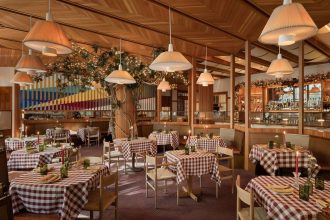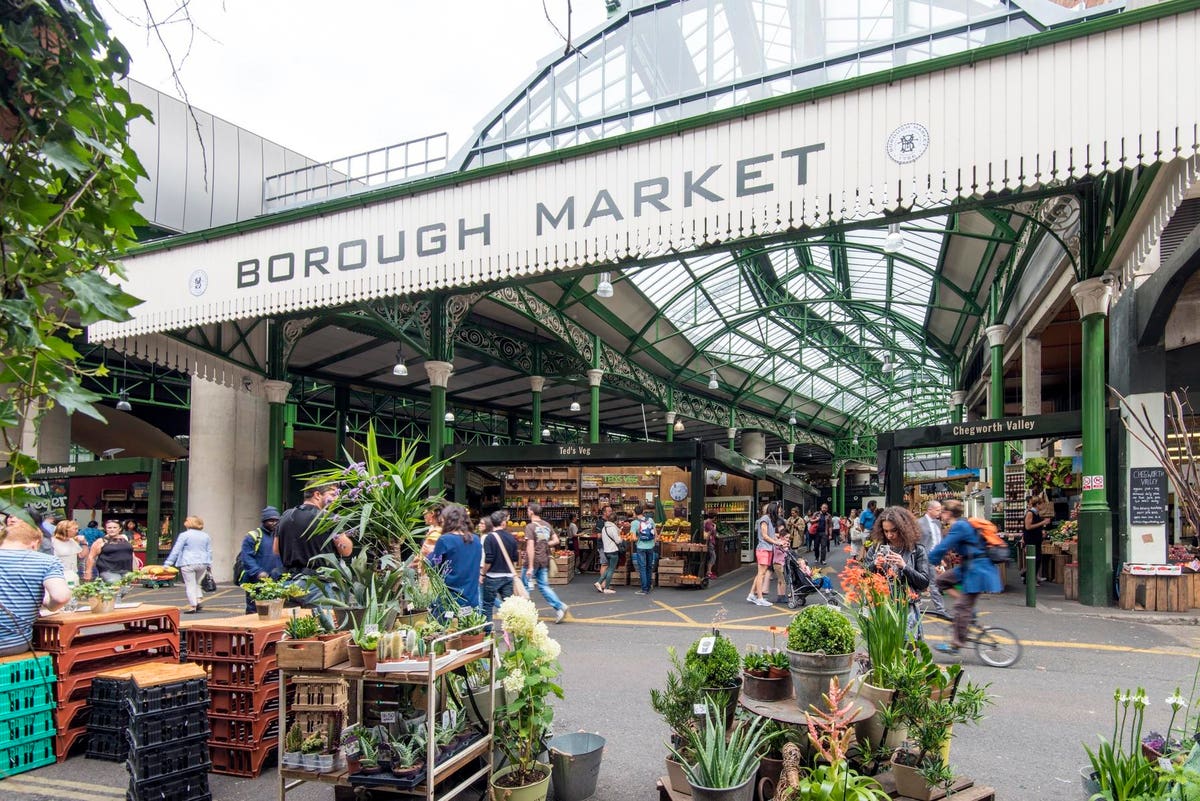This Northern Summer, I was in Europe (along with what felt like most of the US, plus half of Australia and the rest of the world). Like many commerce practitioners, trips like this quickly turn into retail study tours. What struck me as I navigated the crowds, was that while we often fixate on the Amazons and Walmarts of this world (or the Alibabas and WeChats depending on your location), you can learn so much more from getting off your screen, out of the big box stores and into the markets and high streets.
The principles of being a great retailer now and into the future shine most brightly in ancient marketplaces, old world laneways, and small shops, particularly in Europe. This is the coal face of retail, and it’s where excitement and inspiration is to be found for jaded shoppers and retailers alike. To put it another way, there is more to be gained from the merchants of Venice than any chain store merchants near Venice, Florida.
The cradle of commerce was the Middle East and Europe. Retail first came into being in the form of markets around the 7th millennium BC, along with the invention of money (and you thought biometric payment was revolutionary). The concept of the market has stood the test of time (what is Amazon but a modern marketplace?) and you can experience it fully at Borough Market on the South Bank in London, which has 1,000 years of heritage and has been operating on the same site for over a quarter of a millennium.
There you will find traders who instinctively know the power of great visual merchandising, generous sampling, amazing storytelling, service with a smile (and a wink), true personalization (and genuine loyalty), and getting the add-on sale. It’s “creative commerce” at its best, and all these fundamentals are entirely transferable to retail today and into the future.
I also saw all of this in evidence at a farmer’s market in the south of France, where color abounded, the provenance of the products was put forward, and a well-timed freebie upsold me to the larger, more expensive dip (in hindsight, outrageously so – but there is nothing more satisfying than being sold well to).
I witnessed great retail too in a family soap store in a village by the Mediterranean. All my senses were stimulated in La Savonnette Marseillaise and a humble product was elevated, with great color blocking, amazing scents, sponges and scrubbers as impulse purchases, friendly service, and a tale to take home along with your purchase.
The same principles were at play in a cheese shop in Amsterdam. Bands of color draw you into the store and free samples hook you before you know it (the “Theory of Reciprocity” says that if the shopkeeper gives you something, you feel more compelled to buy in return). The story of the store itself is absorbing too – a dairy farm family with a philosophy of ‘Happy Cows = Good Milk = Delicious Cheese’. While you might go in for a 10 Euro cheese, you come out with a 30 Euro basket of goods complete with olive oil and a slicer.
Also in Amsterdam, a clever travel goods store sold me romance and adventure in a way that is often missing in contemporary commoditized retail. “Property Of…” centers on personalized travel bags, sustainably produced and each item comes with its new owner’s ID tag and a worldwide lost and found service. Along with their wage, every team member in store is given a travel budget, so they can explore the world and connect with customers in an authentic way. So, as they serve you a free coffee in store, they can swap tales.
Physical retail right now is awash in sale signs and vacancies, while online retail continues to be algorithmically optimized to within an inch of its life. If we have lost the magic of what made retail special in the first place, it is there to be discovered if you look hard enough. And a great place to start is with the stallholders and shopkeepers of Europe.
Read the full article here





